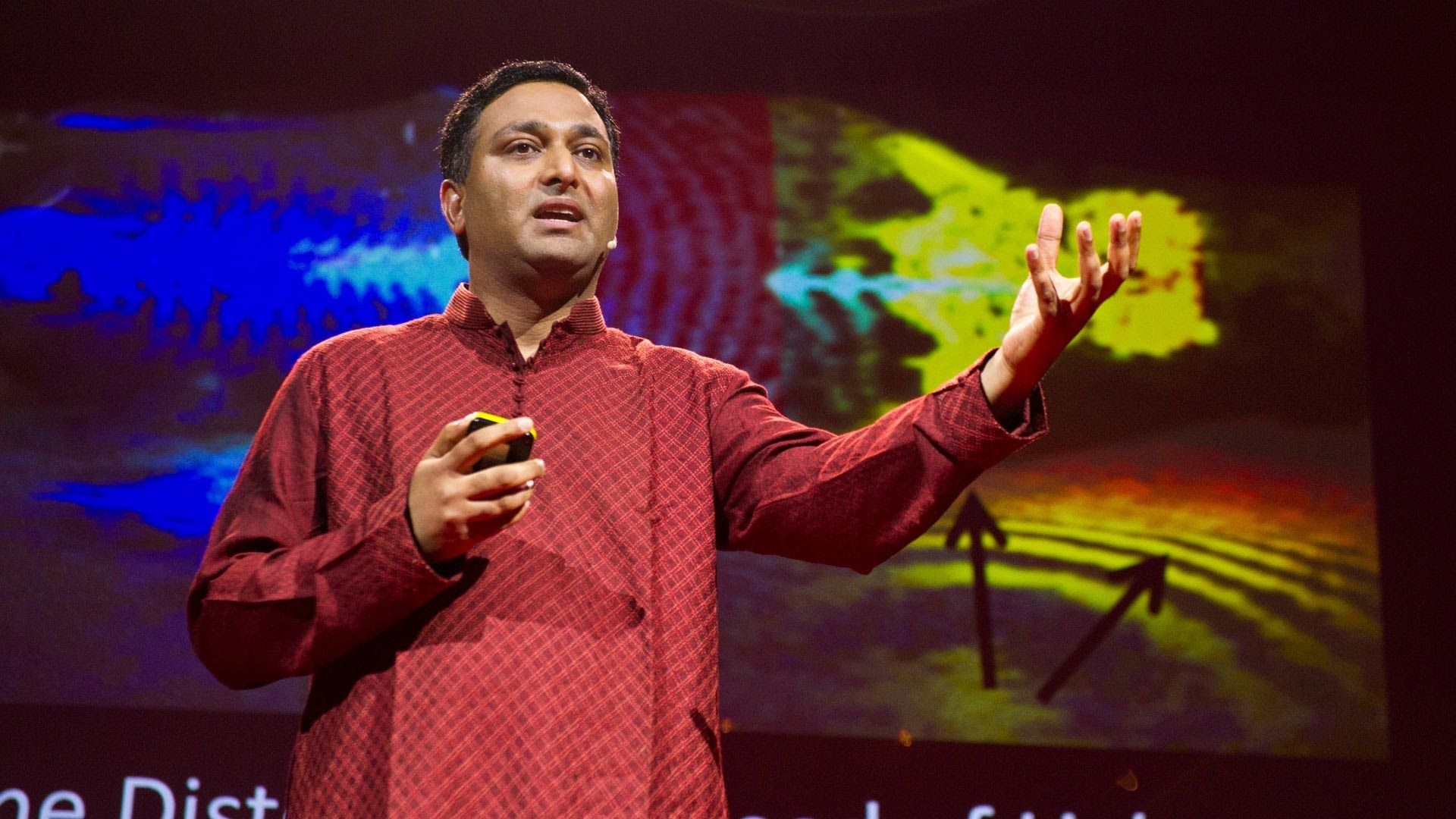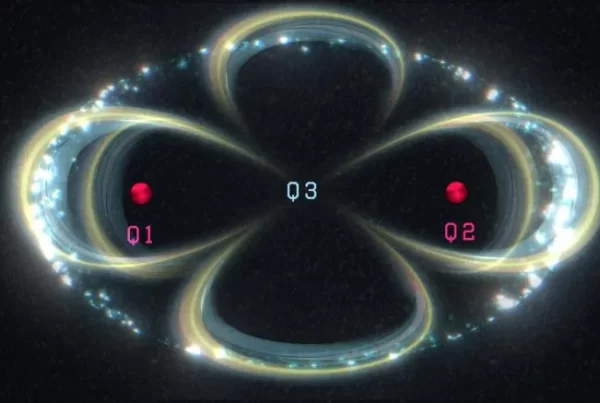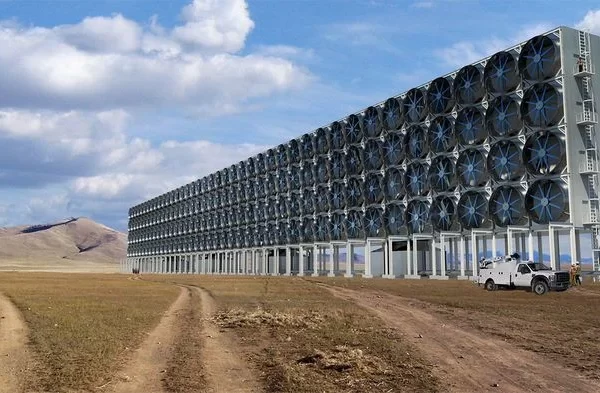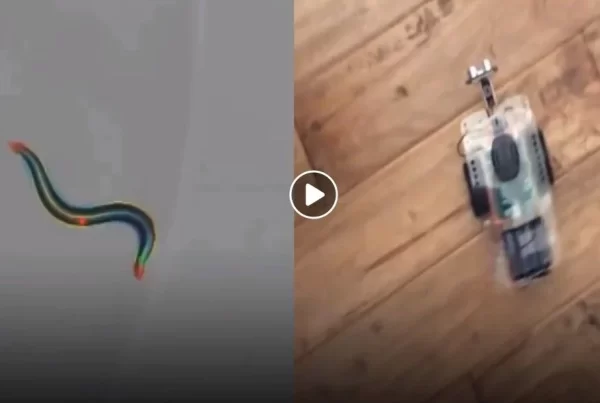By carefully synchronizing the pulsed illumination with the capture of reflected light, Velten et. al. record the same pixel at the same exact relative time slot millions of times to accumulate sufficient signal that is then used to build these videos. Their current time resolution is 1.71 picoseconds. So Velten et. al. cannot record arbitrary events–it is important that the recording scenario is repeatable. Below is an example of light propagating through a bottle.
This method can even be used to view objects around corners by projecting photons off of surfaces that aren’t traditionally considered “reflective.” Such an application certainly doesn’t have any use for seeing objects in motion, but could be useful for long-term observations.
Abstract
We present femto-photography, a novel imaging technique to capture and visualize the propagation of light. With an effective exposure time of 1.85 picoseconds (ps) per frame, we reconstruct movies of ultrafast events at an equivalent resolution of about one half trillion frames per second. Because cameras with this shutter speed do not exist, we re-purpose modern imaging hardware to record an ensemble average of repeatable events that are synchronized to a streak sensor, in which the time of arrival of light from the scene is coded in one of the sensor’s spatial dimensions. We introduce reconstruction methods that allow us to visualize the propagation of femtosecond light pulses through macroscopic scenes; at such fast resolution, we must consider the notion of time-unwarping between the camera’s and the world’s space-time coordinate systems to take into account effects associated with the finite speed of light. We apply our femto-photography technique to visualizations of very different scenes, which allow us to observe the rich dynamics of time-resolved light transport effects, including scattering, specular reflections, diffuse interreflections, diffraction, caustics, and subsurface scattering. Our work has potential applications in artistic, educational, and scientific visualizations; industrial imaging to analyze material properties; and medical imaging to reconstruct subsurface elements. In addition, our time-resolved technique may motivate new forms of computational photography.





